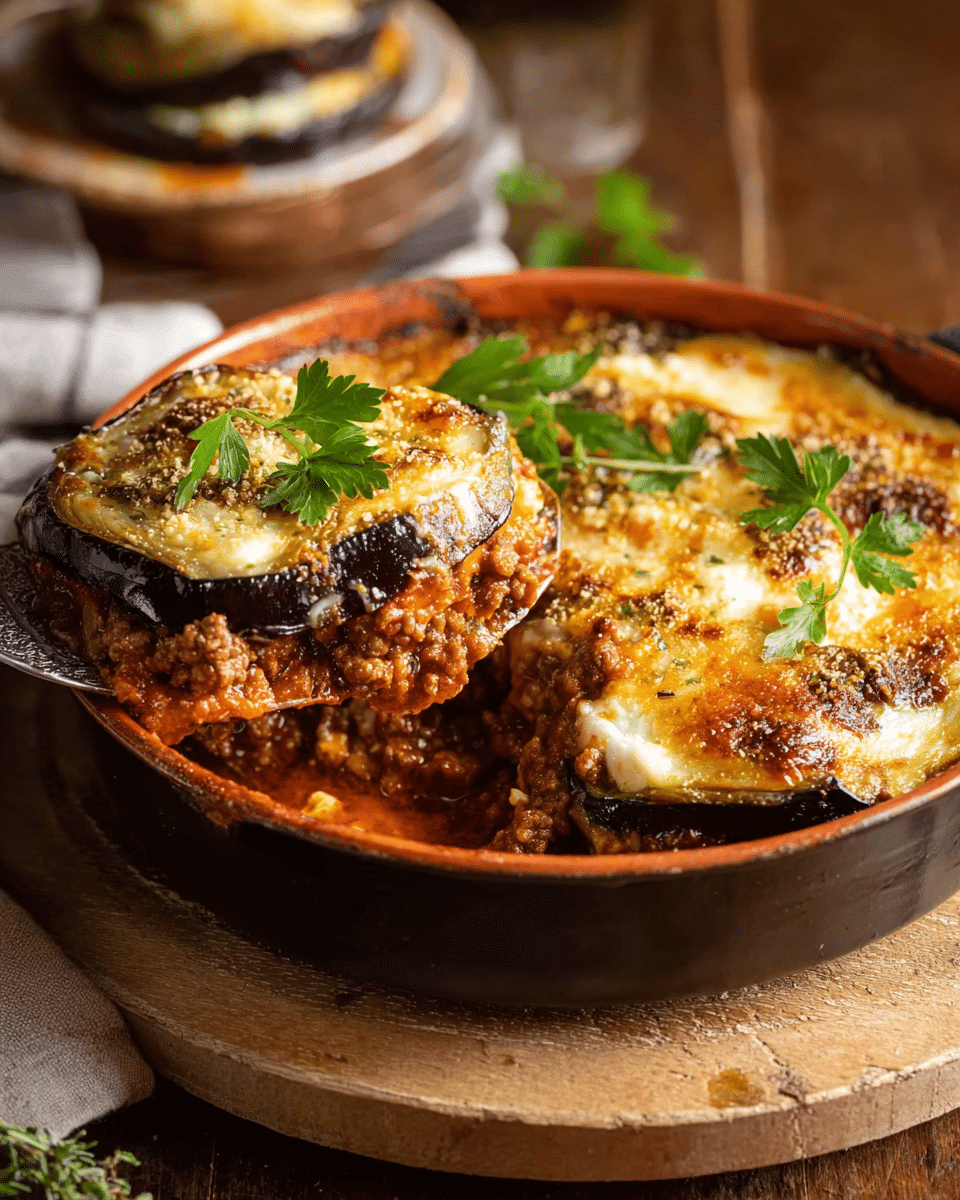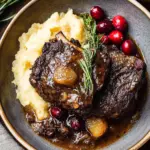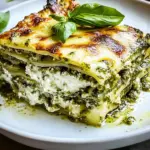History and Origins of Moussaka
While moussaka is widely associated with Greece, its origins can be traced back to the Middle East. The dish’s name comes from the Arabic word “musaqqa’a,” which means “chilled” or “cold.” Traditionally, it was a dish made of eggplant layered with a spiced meat mixture. The recipe has evolved over time, with each region adding its own variations.
The version we know today in Greece is believed to have been influenced by the French, specifically by the introduction of béchamel sauce during the 19th century. Greek chef Nikolaos Tselementes is often credited with popularizing the Greek moussaka by adding the creamy béchamel topping, which elevated the dish to new heights. This addition made moussaka more decadent and flavorful, and it became an iconic part of Greek home cooking and restaurant menus.
The Essence of Greek Moussaka
Greek moussaka is typically made with three main layers: the eggplant, the spiced ground meat, and the béchamel sauce. Each layer is essential in contributing to the overall flavor and texture of the dish. The eggplant, usually sliced thinly, is either fried or baked, giving it a soft, melt-in-your-mouth consistency that complements the other elements perfectly. The meat layer is typically made from ground beef or lamb, simmered with onions, garlic, tomatoes, and a blend of spices like cinnamon and oregano. This combination creates a flavorful, aromatic filling that contrasts beautifully with the mildness of the eggplant.
The final layer, the béchamel sauce, is what truly sets Greek moussaka apart from other variations. Made from a mixture of butter, flour, milk, and nutmeg, this velvety sauce adds a rich, creamy texture that ties the dish together. Often enriched with cheese, the béchamel creates a luscious, golden crust on top as it bakes, adding both flavor and visual appeal.
Moussaka Variations Across the Mediterranean
While the classic Greek moussaka remains a favorite, variations of the dish are found throughout the Mediterranean and the broader Middle East. In Turkey, for example, the dish is also popular but is typically made without the béchamel sauce. Instead, it may be topped with a tomato-based sauce, and it often includes a mix of vegetables like zucchini or potatoes, in addition to eggplant.
In Lebanon and other parts of the Levant, moussaka is often prepared with a tomato sauce, and sometimes it’s made with chickpeas, adding a different texture and flavor. The key difference between these variations and the Greek version is that they tend to have a lighter feel, with less emphasis on the creamy béchamel sauce. However, they still maintain the essential layers of eggplant and spiced meat, offering a similar flavor profile.
Tips for Making the Perfect Moussaka
Making moussaka at home might seem intimidating at first, but with a few helpful tips, you’ll be able to create a delicious dish that rivals those from your favorite Greek restaurants.
-
Choosing the Right Eggplant: The quality of your eggplant will greatly affect the overall dish. Look for eggplants that are firm, smooth, and free of blemishes. Larger eggplants tend to have more seeds and a bitter taste, so medium-sized eggplants are ideal for moussaka. If you’re concerned about bitterness, salting the eggplant slices and letting them rest for 30 minutes before cooking will help draw out any excess moisture and bitterness.
-
Making the Meat Sauce: The ground beef or lamb should be well-seasoned to bring out the dish’s depth of flavor. Be sure to cook the meat thoroughly before adding the tomato sauce, as this ensures the meat has absorbed all the spices and seasonings. A splash of red wine can enhance the richness of the sauce, but it’s entirely optional. Simmering the sauce for at least 30 minutes will allow the flavors to meld together and create a robust filling.
-
Perfecting the Béchamel Sauce: A good béchamel sauce is the key to a successful moussaka. It’s essential to whisk constantly as you make the sauce to avoid lumps. If the sauce is too thick, you can thin it out with a little more milk. Adding a generous amount of grated cheese, such as Parmesan or Gruyère, will give the béchamel its signature creamy texture and flavor.
-
Assembly: When layering the moussaka, ensure the eggplant slices are arranged evenly and don’t overlap too much. This allows the layers to bake uniformly. The meat sauce should be spread evenly on top of the eggplant, and the béchamel should be poured over the entire dish to create a beautiful golden crust once baked.
-
Baking: Moussaka is typically baked at 350°F (175°C) for about 30-40 minutes, or until the top is golden brown and bubbling. Allow the dish to cool for about 10 minutes before slicing; this helps the layers set and makes it easier to serve.
Serving Suggestions and Pairings
Moussaka is a hearty and satisfying dish that can stand alone as a main course. However, it pairs wonderfully with a variety of sides and accompaniments.
-
Greek Salad: A fresh Greek salad made with cucumbers, tomatoes, olives, feta cheese, and a drizzle of olive oil is the perfect complement to moussaka. The crispness of the salad balances the richness of the moussaka and adds a refreshing contrast.
-
Pita Bread: Warm, fluffy pita bread is perfect for scooping up any remaining bits of moussaka or soaking up the sauce. Its light, slightly chewy texture complements the heavier elements of the dish.
-
Wine Pairing: Moussaka pairs well with a medium-bodied red wine, such as a Greek Agiorgitiko or a Merlot. If you prefer white wine, a dry and crisp Assyrtiko works wonderfully to cut through the richness of the dish.
-
Vegetable Sides: For a lighter accompaniment, consider serving moussaka with roasted or sautéed vegetables, such as zucchini, spinach, or bell peppers. The freshness of the vegetables complements the richness of the moussaka without overwhelming the flavors.
Conclusion
Greek moussaka is more than just a dish; it’s a culinary experience that brings together layers of history, flavor, and tradition. Its versatility, from the choice of meat to the variations in vegetable combinations, makes it adaptable to many tastes while still maintaining its essential character. The combination of tender eggplant, savory meat sauce, and creamy béchamel creates a comforting, satisfying meal that has earned its place as a cornerstone of Greek cuisine. Whether you’re preparing it for a family dinner or serving it at a special gathering, moussaka is sure to impress and provide a taste of Greece that will linger long after the meal is over.






